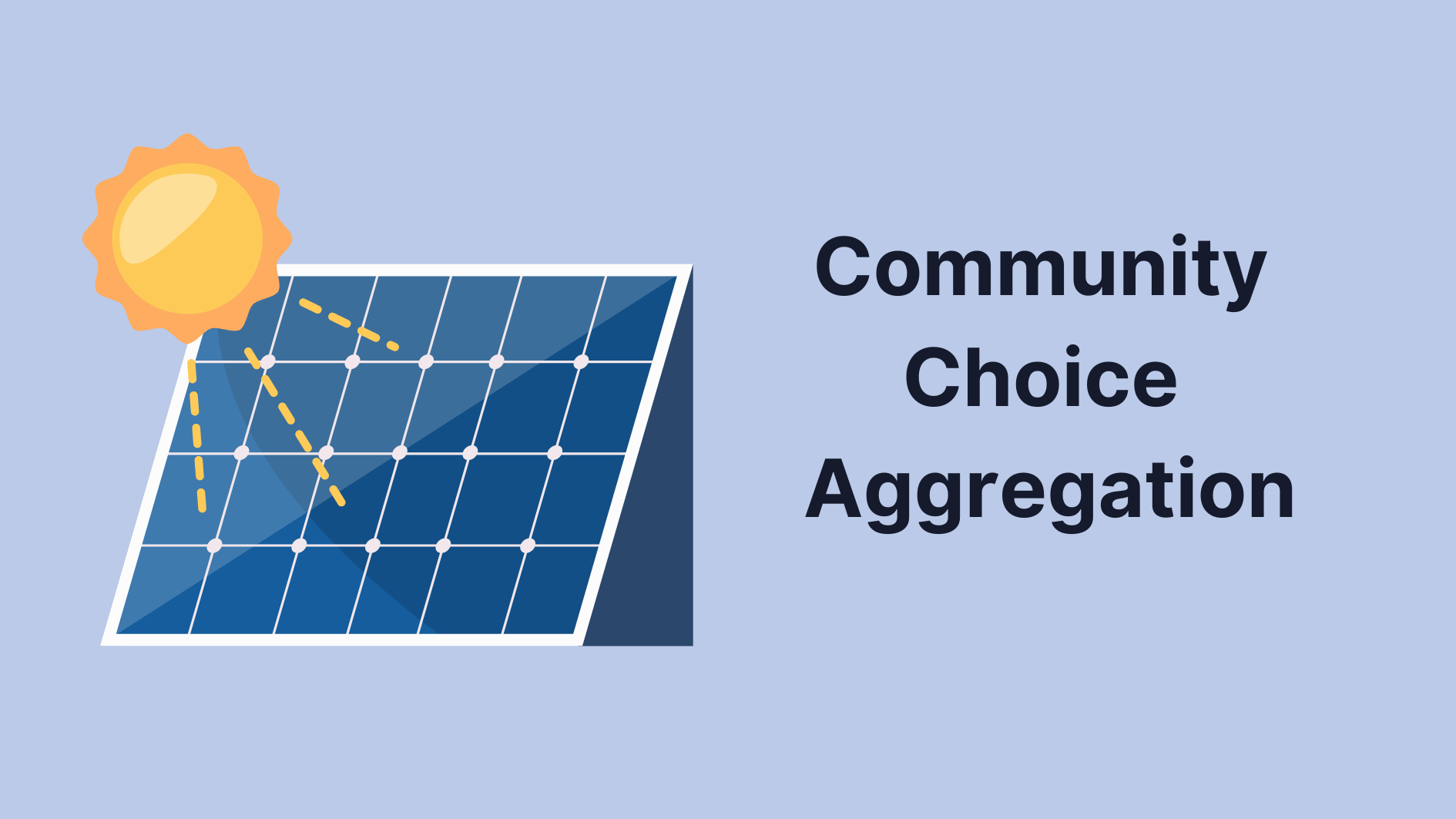Image source: Canva.com
Community Choice Aggregation (CCA) is changing the way communities manage and purchase energy. This innovative model allows local governments to pool their community’s buying power to secure cleaner, more affordable energy options for residents and businesses.
By negotiating directly with energy providers, CCA programs help:
- Lower energy costs for residents.
- Boost the use of renewable energy sources like solar and wind.
- Give communities more control over their energy policies and priorities.
This guide dives into how CCA works, its benefits and challenges, and its potential to impact both your energy bills and local sustainability efforts. Whether you’re a resident curious about saving money or a local official exploring greener energy solutions, this is your roadmap to understanding CCA.
Understanding Community Choice Aggregation: How CCAs Operate
Here’s how it works
In a traditional electricity system, investor-owned utilities (IOUs) do it all – they generate or buy power, manage the grid infrastructure, and deliver electricity to your home. Power comes from a mix of sources like coal, natural gas, and renewables.
Community Choice Aggregation (CCA) shakes things up. Instead of the utility deciding where your electricity comes from, your local government takes charge of choosing the energy source. However, the utility company still delivers the electricity to your home and maintains the infrastructure, like power lines and meters.
The Community Decides
Residents and local officials agree to establish a CCA program.
Buying Power Together
The local government pools community energy demand to negotiate cleaner, cheaper electricity deals.
Utility Delivers
The utility company remains responsible for delivering that power and ensuring the grid operates smoothly.
Unlike opting for green power through a retail energy provider, CCAs handle the energy choice for the entire community. It’s a collective approach that gives local governments the power to push for renewable energy and better rates while keeping the lights on through the utility’s delivery system.

Comparing Community Choice Aggregation and Rooftop Solar
Green Power in CCAs
When a local government manages electricity procurement through a Community Choice Aggregation (CCA), it controls where the electricity comes from. Many CCA plans focus on supplying homes, businesses, and municipal accounts with electricity sourced from renewable energy.
Communities often opt for renewable energy through CCAs to meet local or state renewable energy goals. CCA programs must adhere to state renewable portfolio standards (RPS), which set mandates for renewable energy content. If your state has an RPS, your CCA must include a specified percentage of renewable energy to comply with these standards.
However, local governments may choose to exceed these mandates by procuring additional clean energy, driven by environmental goals or community preferences. If there is strong local support for renewable energy, your CCA may secure more green power than the minimum required, reducing reliance on fossil fuels and cutting carbon emissions. Any renewable energy beyond the mandated minimum is considered “voluntary green power.”
How to Get Involved in a Community Choice Aggregation (CCA) Program
To establish a Community Choice Aggregation (CCA) program, your state must first pass legislation permitting community aggregation. Once this is in place, local governments must hold public hearings to gauge community support and approve the local CCA plan. After approval, the local government will notify residents about the upcoming CCA before it takes effect.
Participation in a CCA is voluntary. If your community has a CCA program, you have several options:
Opt-out
Your electricity will automatically switch to the CCA plan unless you choose to opt out.
Opt-in
You must actively request to join the CCA plan if you wish to participate.
Opt-up
You can select a higher percentage of renewable energy (e.g., a 100% renewable mix) for an additional cost.
Opt-down
You can choose a lower-cost plan with less renewable energy if the default CCA plan exceeds state-mandated renewable requirements.
You will receive advance notice of any deadlines for opting in or out. Be aware that missing the opt-out deadline may result in a cancellation fee.





